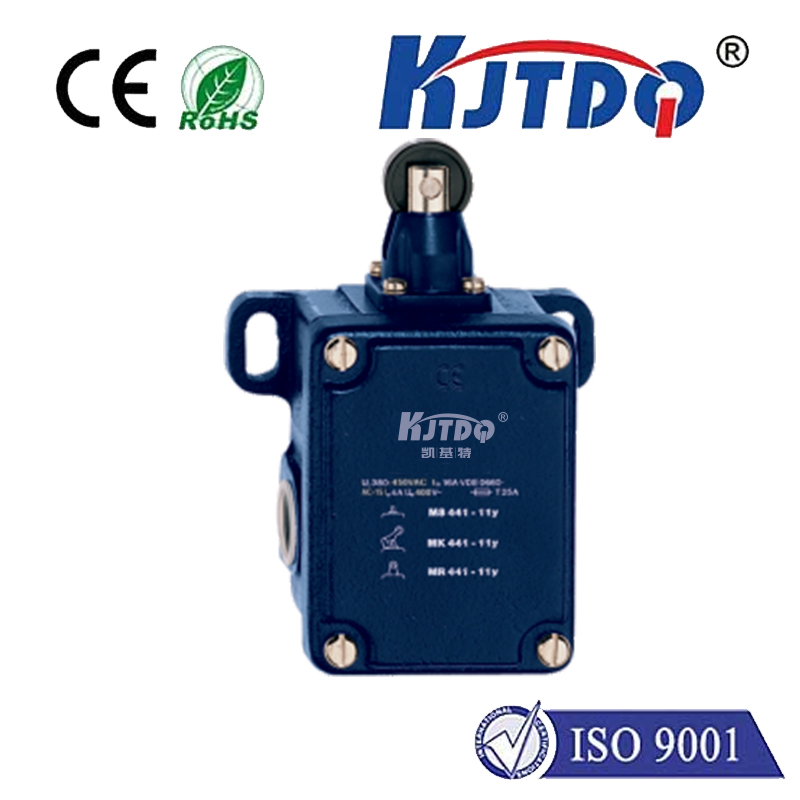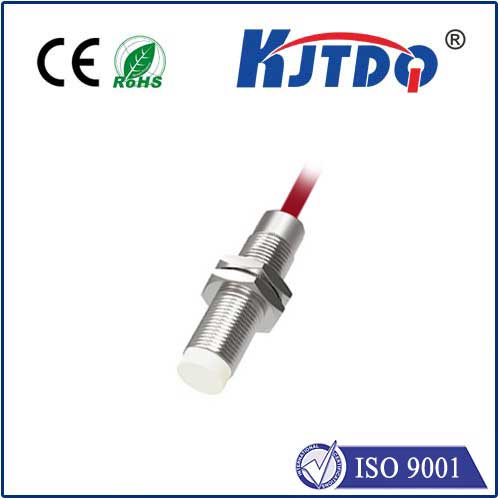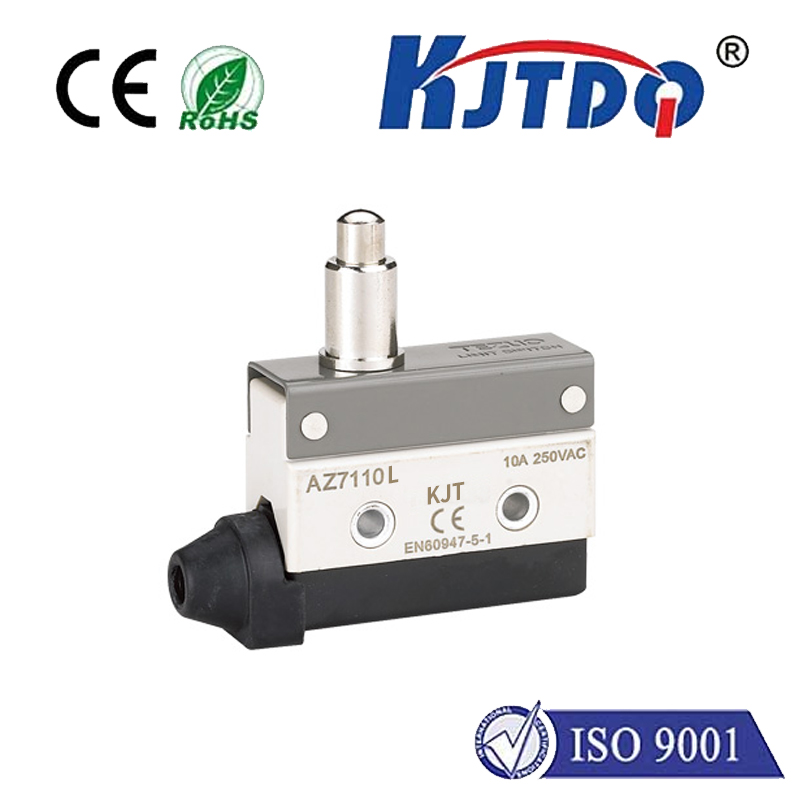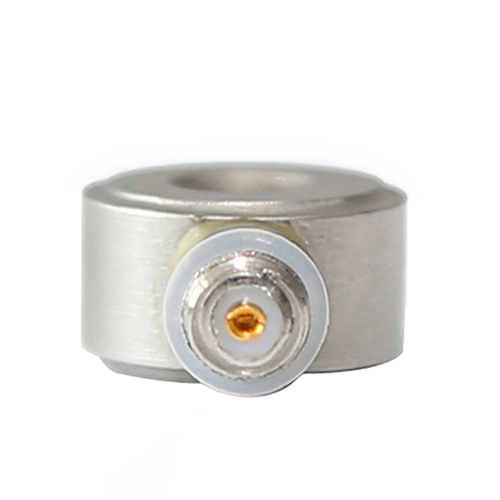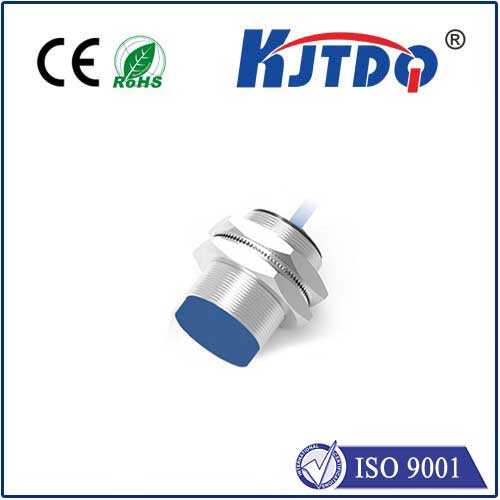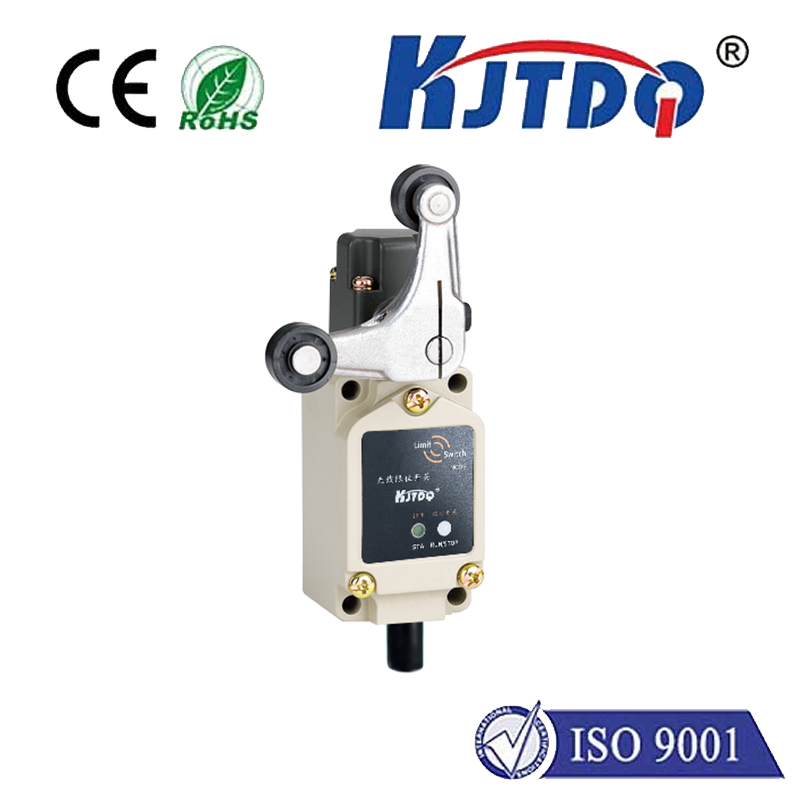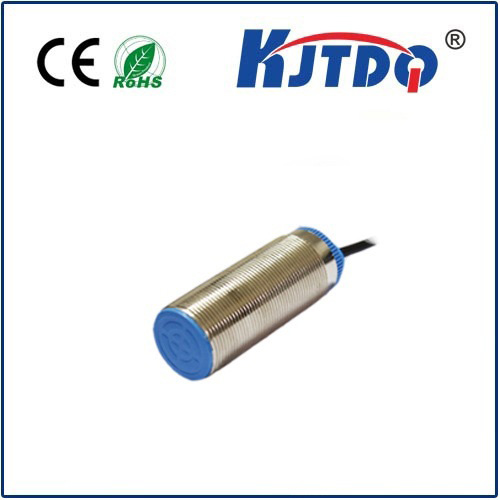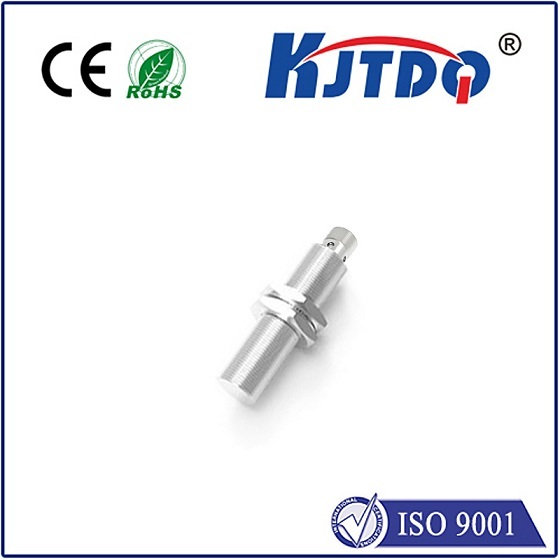mems pressure sensor
- time:2025-08-19 08:39:51
- Нажмите:0
Mems Pressure Sensors: The Microscopic Powerhouses Revolutionizing Pressure Measurement Across Industries
From the smartphone guiding your morning run to the ventilator sustaining life in a hospital ICU, tiny, invisible heroes are at work. MEMS pressure sensors, marvels of microfabrication, are silently transforming how we measure and interact with pressure in our environment and devices. Understanding these minuscule components unlocks the potential for smarter technology, enhanced safety, and groundbreaking innovation.
What Exactly Are MEMS Pressure Sensors?
At its core, a MEMS pressure sensor is a miniaturized device fabricated using semiconductor processing techniques similar to those used for integrated circuits (ICs). MEMS stands for Micro-Electro-Mechanical Systems. This technology integrates mechanical structures, sensors, actuators, and electronics onto a single silicon chip – often smaller than a grain of rice.
The core sensing element of a typical pressure sensor is a thin silicon diaphragm. When exposed to pressure, this diaphragm deflects minutely. The sensor’s job is to convert this tiny mechanical deflection into an electrical signal proportional to the applied pressure. This is achieved through various transduction mechanisms, primarily:

- Piezoresistive: This is the most common method. Resistors are embedded within the silicon diaphragm. As the diaphragm flexes under pressure, the silicon’s crystal lattice deforms, changing the electrical resistance of these embedded resistors. This resistance change is measured via a Wheatstone bridge circuit, translating pressure into a measurable voltage output.
- Capacitive: This method relies on capacitance change. The diaphragm acts as one plate of a capacitor, while a fixed electrode serves as the other. Pressure causes the diaphragm to deflect, altering the gap distance between the two plates and thus changing the capacitance. This capacitance change is converted into an electrical signal.
- Resonant: These sensors measure the change in the resonant frequency of a vibrating silicon element caused by pressure-induced stress. While offering high precision, they are typically more complex and expensive.
Why MEMS Pressure Sensors Dominate Modern Sensing
The shift towards MEMS technology for pressure sensing is driven by compelling advantages over older technologies like bulkier mechanical or metal diaphragm sensors:
- Miniaturization: Their microscopic size is revolutionary. They can be integrated into devices where space is at a premium – smartphones, wearables, medical implants, confined industrial systems.
- Low Cost: Mass production techniques inherited from the semiconductor industry enable high-volume manufacturing at significantly lower costs per unit. This makes sophisticated sensing ubiquitous.
- High Sensitivity and Accuracy: Modern MEMS sensors achieve remarkable levels of precision and stability, suitable for demanding applications like medical diagnostics and industrial process control.
- Low Power Consumption: Essential for battery-powered devices, MEMS sensors operate efficiently, extending device life.
- Robustness and Reliability: Silicon itself is a strong material, and advanced packaging protects the delicate structures from the environment (moisture, dust, certain chemicals), ensuring long operational lifetimes.
- Smart Integration: MEMS pressure sensors are often built directly alongside signal conditioning, amplification, temperature compensation, and digital interfaces (like I2C or SPI) on the same chip, creating complete, easy-to-use System-in-Package (SiP) or Application-Specific Integrated Sensor (ASIS) solutions.
- Fast Response: The small mass of the silicon diaphragm allows for rapid detection of pressure changes.
Ubiquitous Applications: Where Tiny Sensors Make a Huge Impact
The versatility and benefits of MEMS pressure sensors ensure their deployment across a staggering spectrum of applications:
- Automotive: Critical for manifold air pressure (MAP), barometric air pressure (BAP), fuel tank vapor pressure, tire pressure monitoring systems (TPMS), exhaust gas recirculation (EGR) pressure, brake booster pressure, airbag deployment triggering, and increasingly in ADAS functions like cabin occupancy sensing.
- Medical & Healthcare: Vital in patient monitoring (blood pressure cuffs, respiratory flow), ventilators, infusion pumps, drug delivery systems, diagnostic equipment, and implantable devices. Their small size and biocompatibility are key enablers.
- Consumer Electronics: Found in smartphones and tablets (altitude/floor counting, weather station apps, barometer), wearables (fitness trackers measuring elevation gain, advanced swim metrics), smartwatches, drones (altitude hold, airflow), vacuum cleaners (suction control), and white goods (washing machine water level).
- Industrial Automation & Process Control: Used for monitoring pressure in pumps, valves, hydraulics, pneumatics, leak detection systems, filtration systems, and various manufacturing processes.
- Environmental Monitoring: Integral to weather stations, HVAC systems (airflow, filter monitoring), and air quality monitoring equipment.
- Воздушно - космические и Оборона: Employed in altimeters, cockpit instrumentation, engine monitoring, and various test and measurement systems where size, weight, and reliability are paramount.
The Future: Shrinking Further, Sensing Smarter
The evolution of MEMS pressure sensing technology continues unabated. Key trends include:
- Enhanced Performance: Ongoing research yields sensors with even greater accuracy, wider operating ranges, lower drift, and improved stability over temperature.
- Reduced Size: Continuous miniaturization efforts are pushing boundaries, enabling integration into even smaller or more densely packed devices and potentially new biological applications.
- Multi-Sensing Capabilities: Integration of pressure sensing with other sensor types (e.g., temperature, humidity, gas) on a single chip creates comprehensive environmental monitoring systems. This is a major focus for Internet of Things (IoT) applications, where sensors are key data sources for connected intelligence.
- Wireless Connectivity: Combining MEMS pressure sensors with low-power wireless communication chips facilitates remote monitoring and data logging in challenging locations.
- Advanced Packaging: Innovations in packaging materials and techniques are improving robustness, especially for harsh environments involving chemicals, high temperatures, or immersion (e.g., IP68 rated sensors).
- AI Integration: Data from pressure sensors feeds AI algorithms for predictive maintenance (detecting pump failure patterns), enhanced diagnostics (medical applications), and smarter system control.
MEMS pressure sensors are far more than just tiny components; they are fundamental enabling technologies driving innovation across the modern technological landscape. Their blend of microscopic size, low cost, high performance, and robust integration capabilities has made sophisticated pressure sensing ubiquitous, enhancing safety, efficiency, and functionality in countless products and systems we rely on daily. As development pushes these microscopic marvels further, their impact will only continue to expand, shaping the future of sensing and automation.

